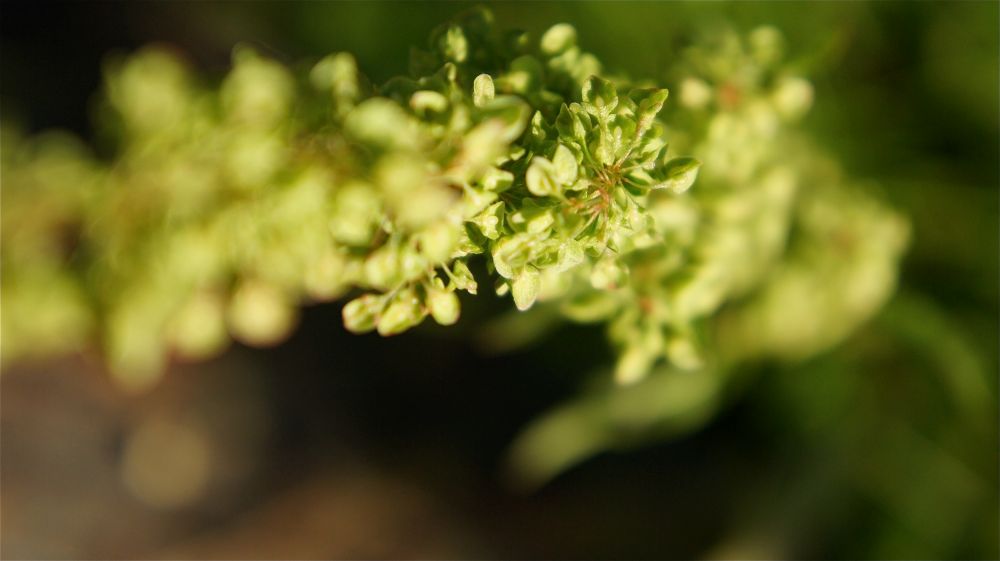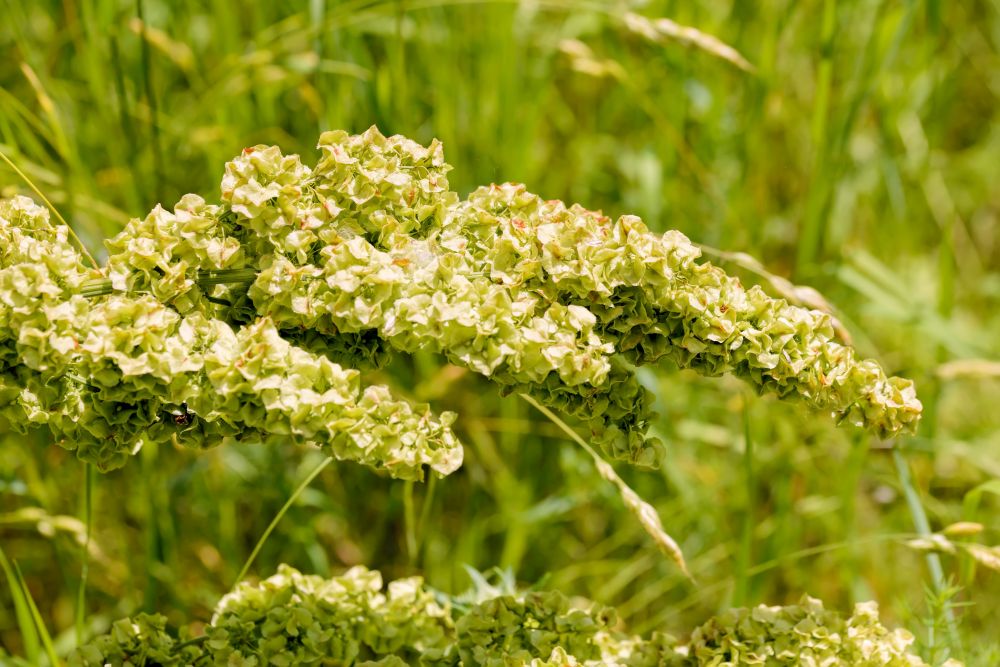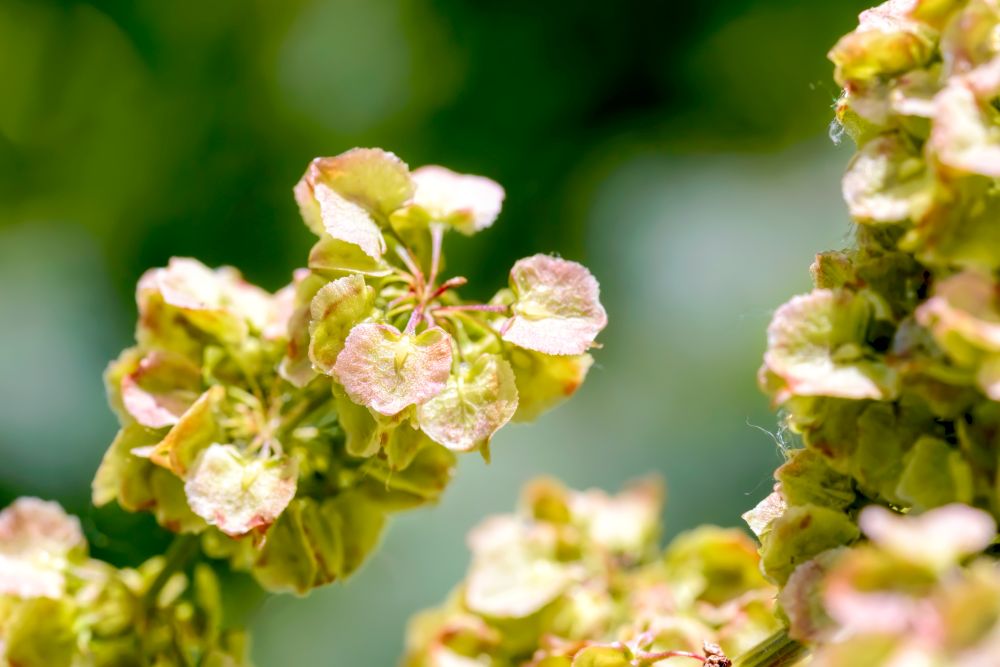Yellow Dock Herbs: Uses And Control Of Curly Dock Plants
Yellow dock is the perfect example of the adage “someone’s poison is another person’s food.” Some people look at this plant, and all they see is an invasive and toxic plant. But other more imaginative types would see a delicious herb with nutritious leaves and stems. If you like to expand your culinary horizons, you can use the green leaves raw in salads or add them to soups and stews for extra exquisite flavors.
But you have to be careful since the yellow dock is an invasive plant on top of being toxic as well. So it’s not recommended that you grow it in your garden. Besides, many states prohibit planting yellow dock because of its invasiveness. These, however, are not the only precautions you need to take when dealing with this herb. Read more to learn how to identify, harvest, and control this controversial plant.
How to Identify Yellow Dock
Even if the yellow dock (Rumex crispus) is not growing in your garden, you still need to be able to identify it. The herb grows in the wild, and if you’re in the habit of going foraging, chances are you’ll come across this herb.
A native of Europe and the western parts of Asia, the herb goes by many names. In some parts, people call it curly dock, while in others, it is known as curled dock. But whatever the name, the plant always has the same rosette base where leaves and shoots grow out of it.
The leaves are smooth, long, and narrow. The edges of the leaves are wavy and a little jagged. When they’re young, the leaves are often bright green, but once the flowers bloom, the leaves turn brown and become inedible. Near the base, the leaves are about 12 inches long and two and a half inches wide, but they get smaller and smaller as you move up the stem.
The stem itself is usually woody and ribbed. It grows to up to 5 feet tall, and flowers bloom at the top of that stalk. They are usually a little greenish and tiny, so they don’t add any ornamental value to the plant itself. Clusters of about 25 flowers bloom like a small canopy at the top.
After the flowers pollinate in the fall, they are replaced by seed pods. The seeds are often egg-shaped with sharp points. Each seed is often enveloped by a brown capsule. Curiously, the seeds never drop and remain hanging on the plant throughout the winter until the next spring. This is one surefire way to identify the yellow dock plant in the winter, even when the leaves are dead.
Uses of Yellow Dock
If history has taught us anything, it’s that humans find many uses, even for the most lethal of plants. The yellow dock is no exception. Toxic as the herb is, that hasn’t stopped many people from trying the herb in many dishes and recipes.
But even before it was used for sustenance, yellow dock, first and foremost, has always been a medicinal plant. From roots to stems, flowers, and leaves, medicine men of ancient times have found medicinal benefits to each part of the plant. Here are some of those medicinal uses of yellow dock.
- Laxative: The roots of the herb are usually yellow due to high concentrations of anthraquinone in them. This organic compound is known for its laxative effects. Doctors have always prescribed the roots in small amounts to treat people who suffered from constipation.
- Soothing: The roots also have a soothing effect on the lining of the intestines, thus making them a good treatment for irritable bowel syndrome disease.
- Diuretic therapy: Another medicinal benefit of the plant has to do with increasing the urine flow for patients.
- Digestion: Yellow dock also improves the bile production in the body, which in turn improves digestion and helps with bloating.
- Urinary Tract Infections: In addition to improving urine flow, extracts from the plant have proven beneficial against urinary stones and other infections related to the urinary tract.
- Skin Conditions: Boiling the roots and stems of the herb to extract the active ingredients have treated eczema, nettle rash, and psoriasis.
- Joint Inflammation: People have suffered from gout and rheumatoid for as long as their achy joints. Luckily, the concoctions made from yellow dock have eased the pain of arthritis and rheumatoid.
Since the stalk of the yellow dock is woody, the only way to extract the active compounds out of it is by decoction. That means it has to be boiled for long periods of time instead of infusing it, as is the case with more sensitive aromatic herbs.
Harvesting Curly Dock
If you come across the curly dock, chances are you will be interested in its culinary values more than its medicinal benefits. And for that purpose, you’ll be more interested in the green leaves and stem of the plant rather than the flowers, roots, or seeds.
The best time to go foraging for curly dock leaves is in the early spring. That’s when the leaves are still young and green. Keep in mind that the younger and more tender the leaves and stems, the sweeter and more flavor-packed they are.
In general, people like to compare the leaves of the yellow dock to spinach. But since the leaves of the herb are rich in oxalic acid, they have more bite than spinach leaves. You might also notice that the taste of the leaves will vary depending on the soil and weather conditions. A patch of yellow dock growing in fertile soil among pine trees, for example, will taste more exquisite than those growing in a bog or near stagnant water.
Another trick is to get the leaves before the plant shoots out the central stem. They become hard and bitter, and no amount of cooking will change their taste. As for the stem, it starts tender and succulent. So you can harvest that as well and use it either raw or cooked.
The stem starts to grow in the late spring or early summer. When you cut it, you’ll need to peel off the tough, stringy layer covering the ribbed stem. The flesh inside is greenish, succulent, and crisp. You can steam it or sauté it if you don’t like the raw taste.
Yellow Dock Control
Despite all of these benefits and uses of yellow dock, the herb has a dark side to it as well. Besides being an invasive plant, it is also toxic. We’re not just talking about the brown leaves of woody stems after flowers bloom. Even the tender green leaves have proven to be toxic for dogs. The same oxalic acid that gives it its distinct sour taste is the same component that makes it poisonous for dogs.
Not just that, but recent studies show that high concentrations of oxalic acid in the body prevent absorbing calcium and iron. So you shouldn’t eat the leaves in large quantities even if you cook them.
With that out of the way, what can you do if you discover that yellow dock growing in your garden? The first thing you should do after identifying the herb correctly as the curly dock is to pull it out of the soil. Here’s how you can do it in easy steps.
- Place a fence around the plant to prevent children or pets from having access to the plant.
- Wear protective gear, including thick gloves and eye goggles, to protect your skin against accidentally brushing against the plant.
- Use a spade to dig up a deep hole around the plant. The herb has a long taproot that penetrates deep into the soil.
- Keep following the yellow roots of the plant until you’ve dug a deep hole and you managed to loosen up the roots.
- Hold the thick roots of the plants with both hands and pull at it gently. Be careful not to break the roots since they will grow again if left in the soil.
- When you feel the roots yield under pressure, pull them up and out of the soil.
- Do the same for all the yellow dock plants you find in the garden.
- Rake the garden for any fallen seeds. They can easily sprout by the next spring.
- Gather the plants and seeds at a corner of your property and burn them.
Treating With Curly Dock
As a gardener, you probably have had more than your fair share with brushing against undesirable and nasty plants. One of these nasty plants is Urtica dioica or, as it’s commonly known, stinging nettles. Even a slight scratch will trigger a painful rash that could stay for days if left untreated.
There are many ointments and creams you can get at the drugstore to treat such a painful rash. But if you’re out in the wilderness by yourself, then you’ll have to find a homemade remedy soon. That’s where curly dock comes in. One of the medicinal benefits of the plant is its soothing qualities. It treats rashes as well as eczema and other skin conditions.
So look around you for a young curly dock plant with green leaves. Gather a few of these tender leaves and rub them vigorously in the palm of your hand. This will break the outer skin of the leaves and release the sap inside. Make a ball of the crushed leaves and apply it immediately on the scratch or cut caused by the fine hairs of the stinging nettles. The pain would subside down when your skin absorbs the juices of the curly dock leaves.
Don’t try this with the brown leaves of the herb. They’re often too hard and dry to be effective as a treatment against rash or pain.


